Pierre Bonnard: The Colour of Memory at Tate Modern
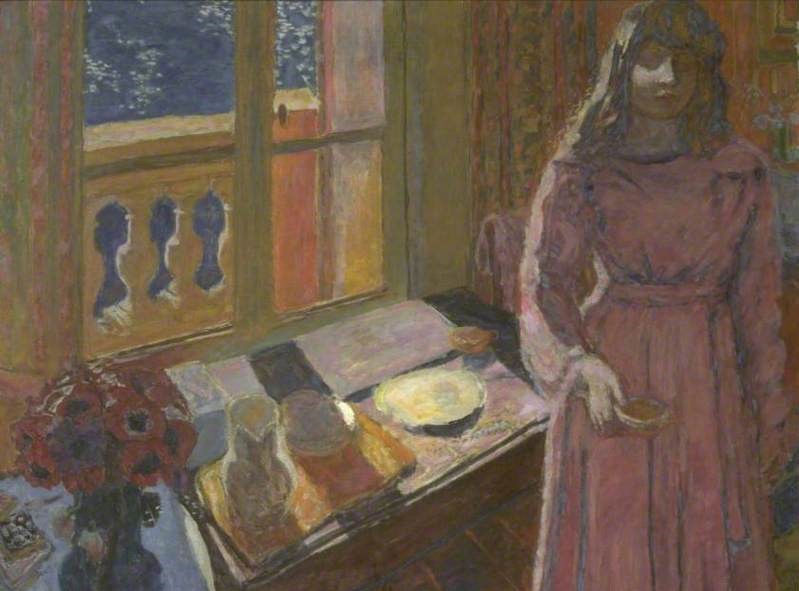
Picasso once described his contemporary Pierre Bonnard as “just another neo-Impressionist, a decadent; the end of an old idea”. How then did an artist reviled by Picasso (although admittedly admired by Matisse) end up in a major solo show at Tate Modern? Having seen the exhibition, it’s difficult to say.
Pierre Bonnard: The Colour of Memory is the first large-scale UK show of the artist’s work in 20 years, and it draws together an impressively large number of paintings from across his oeuvre, along with a selection of rarely seen drawings and photographs. This sprawling exhibition, which flows chronologically through 13 rooms, captures Bonnard’s career and life from beginning to end. There are some beautiful paintings: The Bowl of Milk (c.1919) and Nude in the Bath (1936) stand out. For those who love Bonnard – and he has many dedicated followers despite Picasso’s disapprobation – this will be a delightful place to linger.
However, the whole experience struck me as underwhelming. Perhaps I am missing something (it’s quite likely), but Bonnard’s work feels unimportant and uninteresting when compared to his contemporaries. The wall panel in one room tells us that Bonnard, who fled Paris when German troops came within earshot, was “not oblivious” to the First World War. To me, the strangely muted way in which this is put encapsulates the middle-of-the-road nature of much of Bonnard’s work. It is neither particularly conceptual nor particularly innovative; his use of colour (the central motif of the exhibition’s curatorial standpoint) is masterful, but not radical.
While the display follows the course of Bonnard’s life and points out the congruence of his experiences and his art, the paintings seem to show very little of the artist’s real existence. In the early 1920s, Bonnard cheated on his long-time partner of nearly 30 years, Marthe de Meligny, with one of his models, Renee Monchaty. In 1923, he proposed to Monchaty, but later changed his mind. As one wall panel tells us blandly, “He married de Meligny in August 1925. The following month Monchaty took her own life”. The emotional trauma of the fall-out from this midlife crisis must have been severe, but there is little evidence of it in the paintings, either in Bonnard’s brushstrokes or in the painted depictions of Monchaty and de Meligny.
There is something missing from this exhibition, although it’s hard to pinpoint it. There is a lot of beauty, a lot of colour – but not much else. Perhaps Picasso was right.
Anna Souter
Featured Image: Pierre Bonnard, The Bowl of Milk, c.1919
Pierre Bonnard: The Colour of Memory is at Tate Modern from 23rd January until 6th May 2019. For further information visit the exhibition’s website here.



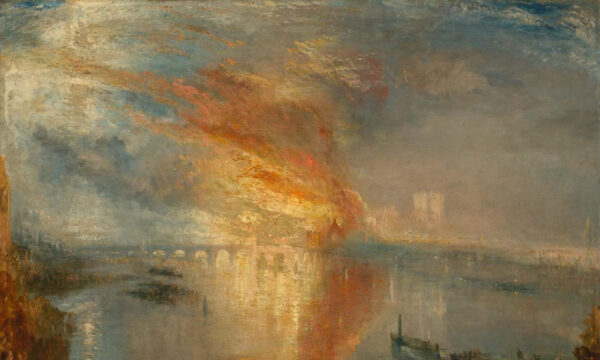
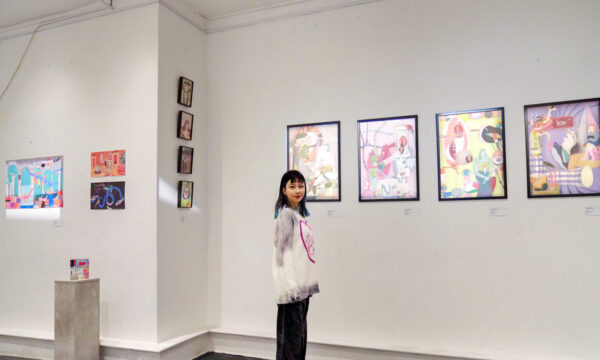
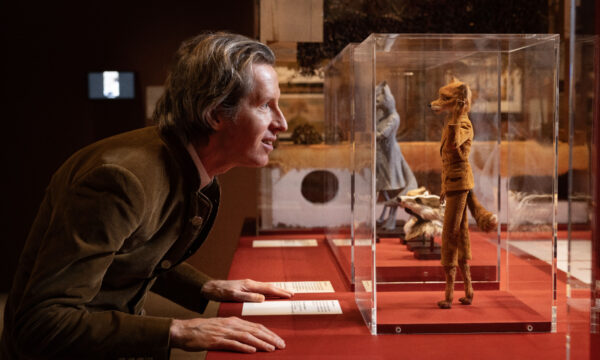
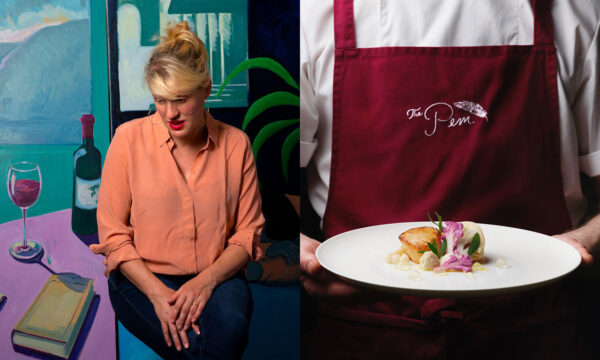
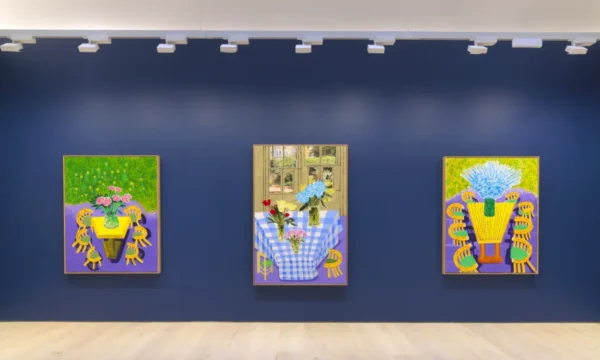
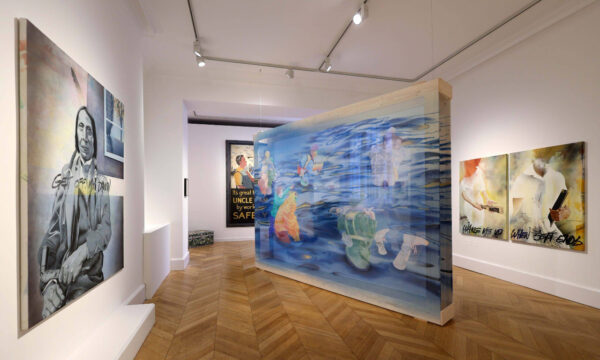
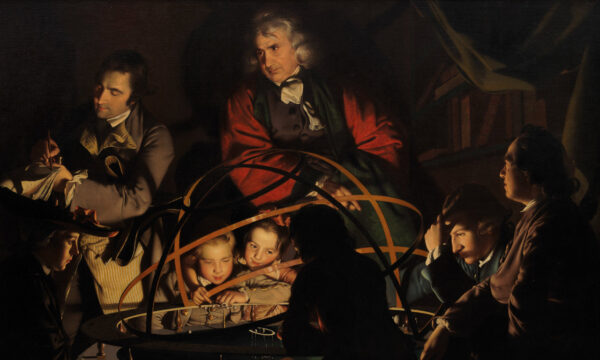
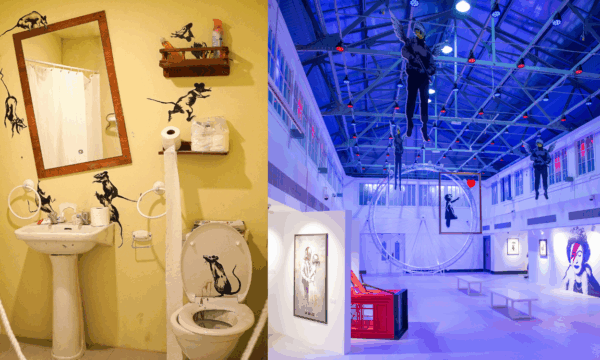

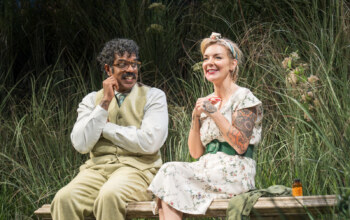

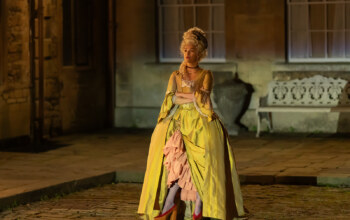







Facebook
Twitter
Instagram
YouTube
RSS